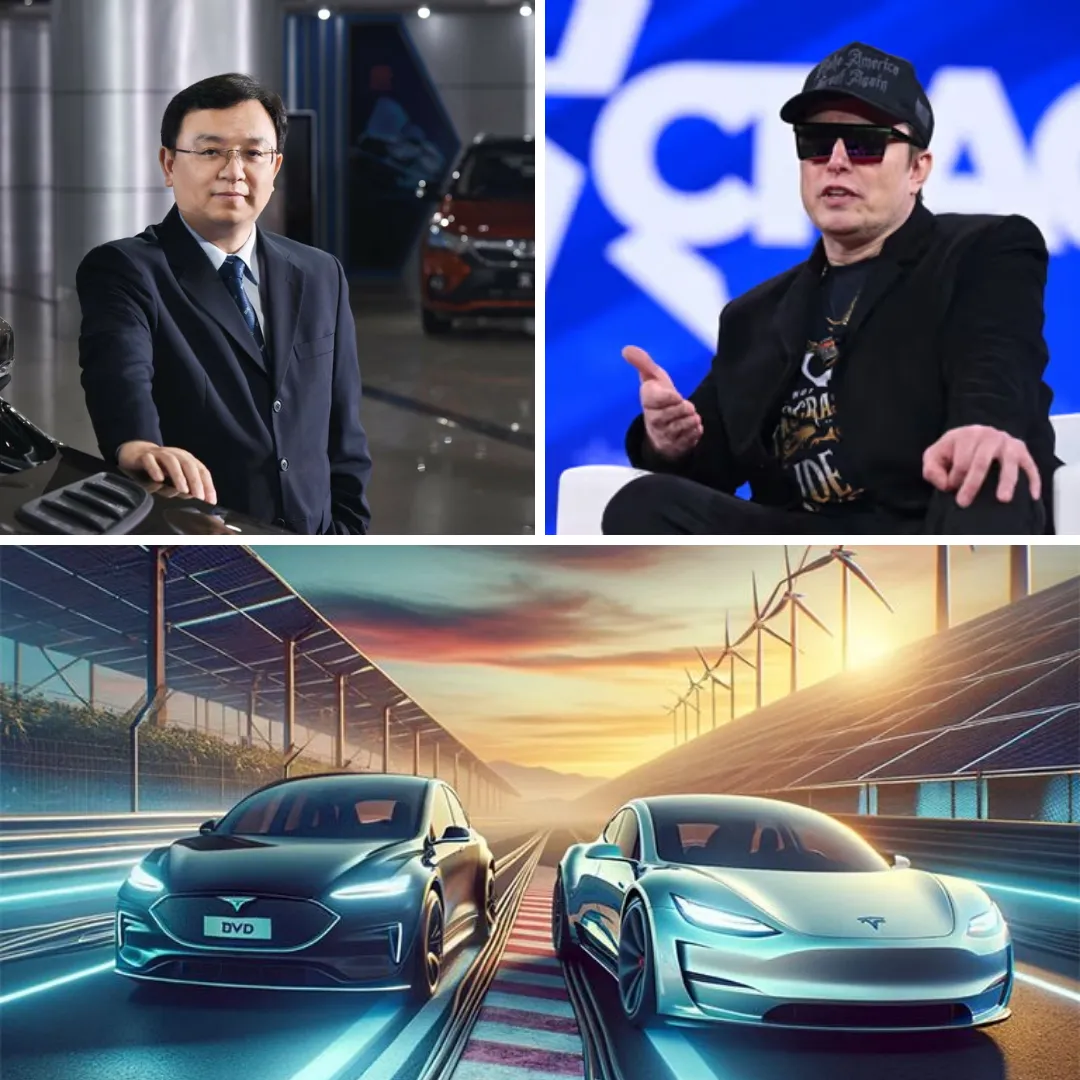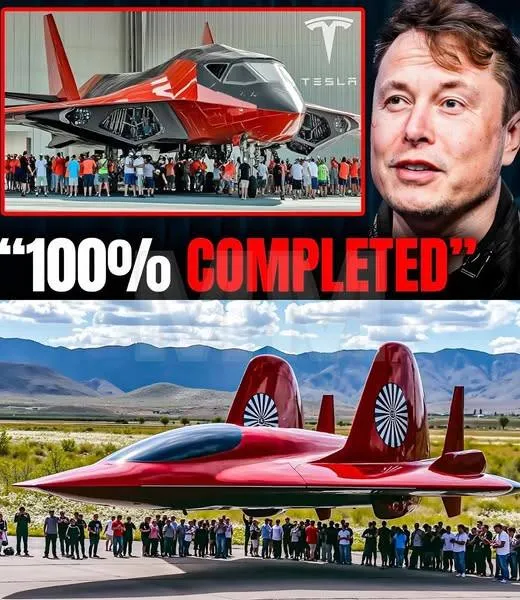
Tesla is no longer just a car company. It is a cult of belief, a vessel of technological promises, and a ticking financial bomb all rolled into one. As Wall Street stares at one of the most dramatic value crashes in the company’s history, a brutal truth is beginning to surface: Tesla may be too tied to Elon Musk to survive without him, even as his leadership increasingly comes under fire.
In the wake of a devastating 71% profit collapse in the first quarter of 2025 and a nearly 20% revenue decline, Tesla has shed more than $350 billion in market value in less than five months. That figure is not theoretical. It represents real money, vanished from the portfolios of institutional investors, retail believers, and pension funds who once saw Tesla as the most promising industrial bet of the century.
The moment Elon Musk shifted his attention toward political influence and ideological warfare in Washington, Tesla’s stock began its steep descent. Since mid-December 2024, when Musk was seen campaigning alongside key Republican figures and serving as an unofficial adviser to the White House, Tesla shares have plummeted by more than 45%. Investors initially celebrated Musk’s proximity to political power, especially after the GOP reclaimed the presidency.
There was hope that his influence would translate into favorable EV policies, tax incentives, and deregulation. Instead, it has created a vacuum inside Tesla’s executive suite, one that no one else is allowed to fill. At the heart of the issue lies an unspoken but obvious truth: Tesla’s valuation has never been grounded in traditional automotive metrics. With a price-to-earnings ratio that frequently defies logic and a market cap that at one point exceeded the combined total of several legacy carmakers, Tesla has always been priced based on the future.
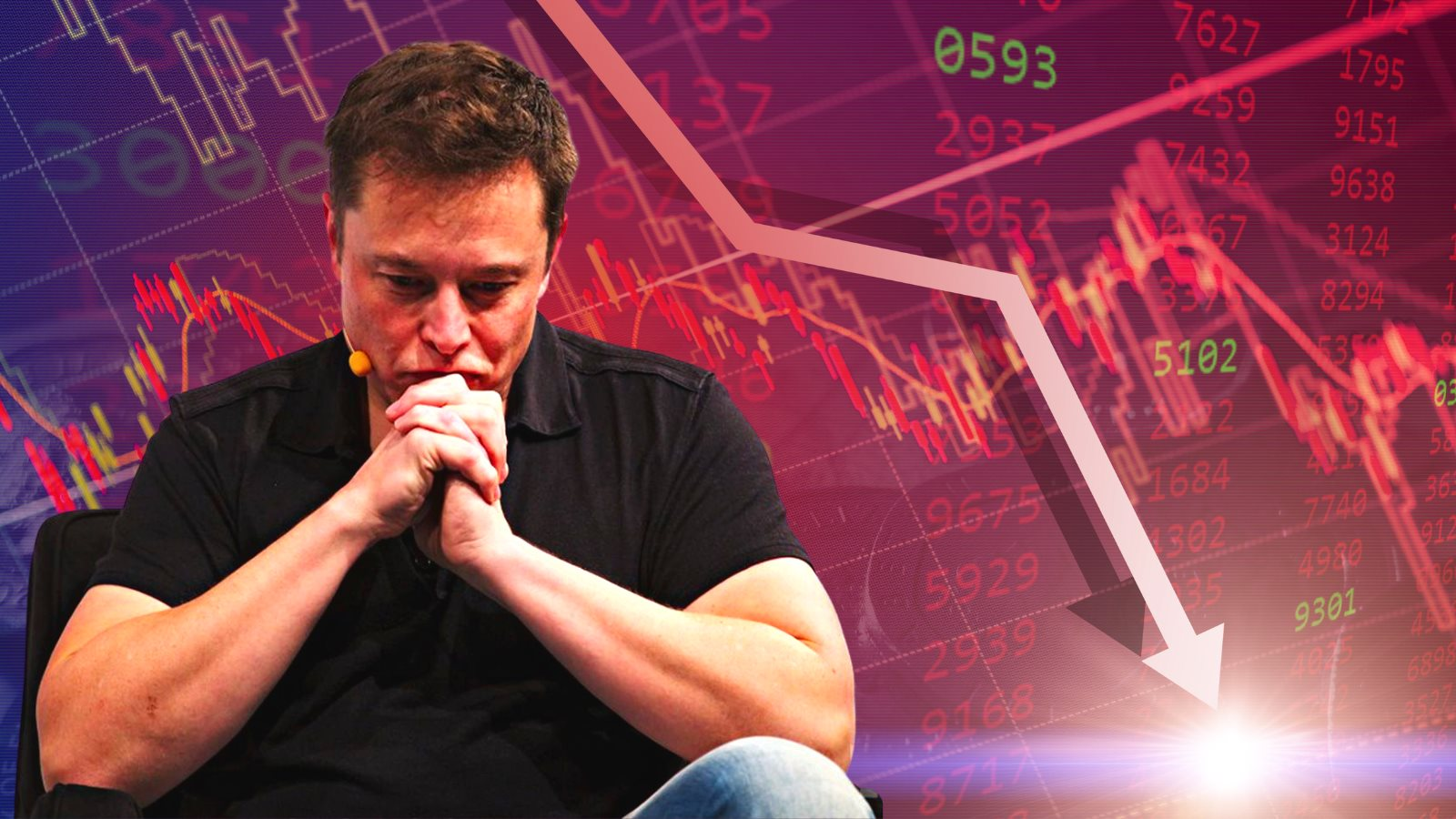
That future, in the eyes of its most ardent supporters, is inextricably tied to Elon Musk. From autonomous taxis to humanoid robots and AI-fueled logistics, Musk has built a narrative around Tesla that investors have treated as gospel. According to multiple financial analysts, as much as 75% of Tesla’s current valuation—still above $600 billion despite recent losses—represents projected returns from projects that are not yet operational. Most of those bets are based solely on Musk’s ability to deliver.
Removing Musk would instantly destabilize that belief structure. If Tesla’s board were to initiate a search for a new CEO or announce a transition plan, it could trigger an immediate further erosion of market cap, potentially wiping out another $200 to $300 billion in shareholder value. That would be the single largest CEO-related loss in the history of American capitalism.
Musk is not just a corporate leader; he is the linchpin holding together a fragile ecosystem of expectation, speculation, and loyalty. The company's largest institutional backers understand this. Funds like BlackRock and Vanguard, along with boutique firms like Future Fund and Zacks Investment Management, all acknowledge the dangers of Musk’s volatility but are equally terrified of what would happen if he walked away.
Tesla’s Board of Directors is acutely aware of this bind. That is why, even as media reports circulated that the board had considered replacing Musk, they rushed to offer public reassurances. On May 1, Tesla Chair Robyn Denholm flatly denied any such plans and emphasized their strong belief in Musk’s vision. But this gesture of loyalty belies the increasing internal pressure to rethink Tesla’s structure.
![]()
Sources close to the board say that several senior executives and board members have, for years, urged Musk to appoint a Chief Operating Officer to manage daily operations. It would be a compromise, allowing Musk to remain the face of the company while someone else ensured the trains ran on time. Yet Musk has refused. Unlike SpaceX, where Gwynne Shotwell runs much of the operation, Tesla remains a one-man show.
That stubbornness is beginning to show cracks. In markets across Europe, Tesla’s sales are collapsing at a terrifying rate. In France, April sales plunged 59.4% year over year, with only 863 units sold, down from over 2,100. In Denmark, the situation is worse. April saw just 180 Tesla vehicles sold, a jaw-dropping 67.2% drop from the previous year. Analysts see these numbers not as anomalies but as the start of a trend, a signal that Tesla’s brand may be losing its luster in key global markets. Competitors like BYD and Nio are surging ahead, offering cheaper, more innovative electric vehicles with stronger after-sales support.
Tesla’s internal structure is also beginning to resemble a ghost ship. Executives with years of experience have departed, unable or unwilling to keep pace with Musk’s shifting priorities. Projects like the Robotaxi and Optimus humanoid robot have received vast internal resources despite minimal commercial rollout. Meanwhile, Tesla’s core vehicle lineup has seen little meaningful innovation since the launch of the Model Y. Even some of Musk’s staunchest defenders now admit that his focus on future tech at the expense of current operations is costing the company dearly.
Brian Mulberry, a portfolio manager at Zacks Investment Management, estimates that the financial gap left behind if Musk were to leave would be incalculable. Not just because of lost investor faith, but because so many of the firm’s technological initiatives lack clear succession plans. If Musk disappeared tomorrow, who would lead the development of Tesla’s autonomous driving platform, a project that has swallowed billions of dollars with minimal commercial return so far?
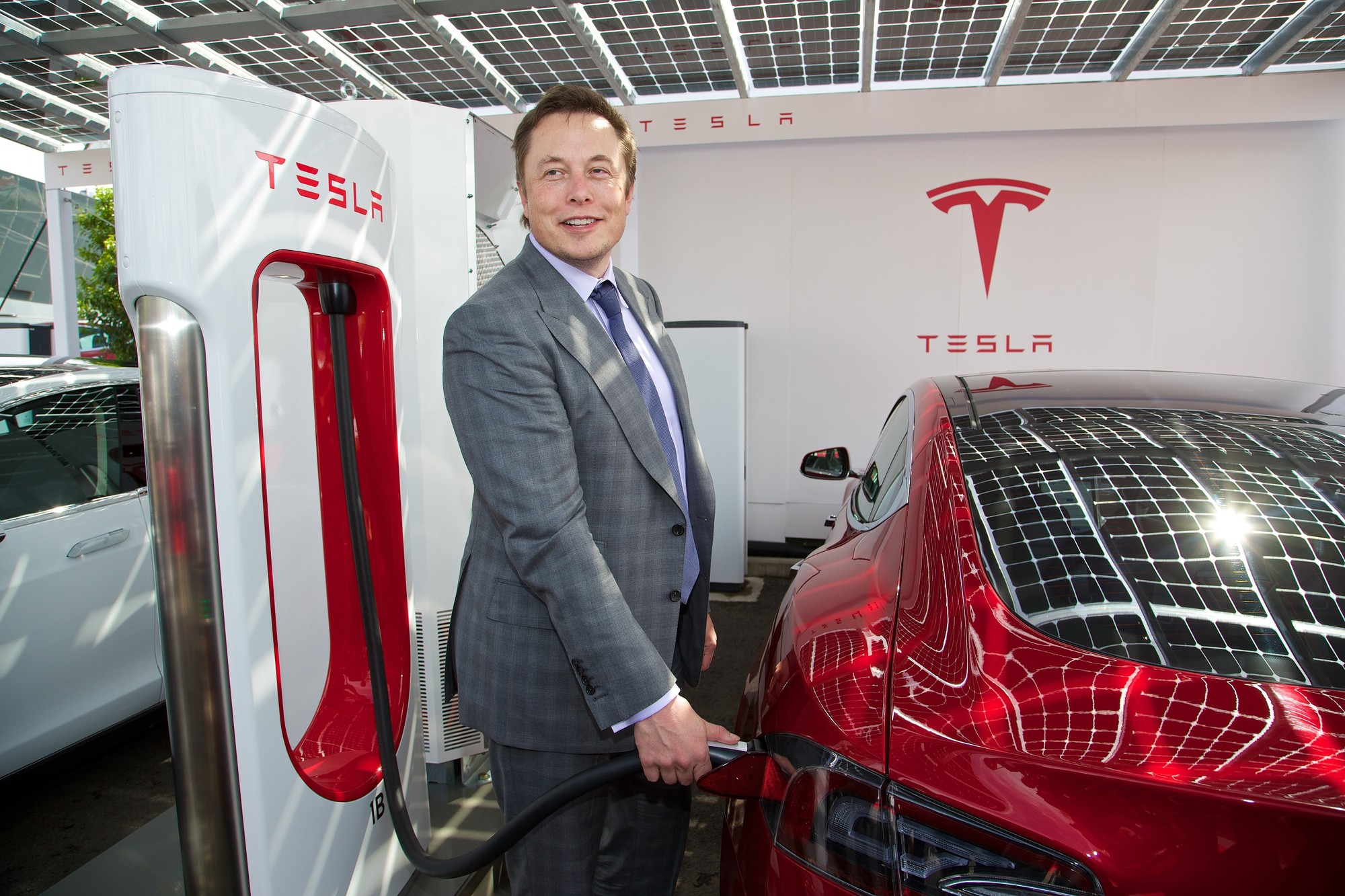
Who would push forward the AI roadmap? There are no obvious answers. Internally, Tesla is viewed as a company built in Musk’s image, and without him, the roadmap blurs into chaos. James McRitchie, a long-time shareholder, frames it even more bluntly. He likens Musk’s relationship with Tesla to a religious figure and his followers.
The stock price, he says, is not based on revenue projections or balance sheets, but on faith in Musk’s myth. If that myth dies, so does the valuation. He recalls the fall of General Electric after Jack Welch’s departure, a once-revered titan reduced to a cautionary tale in the span of a decade. For him, Tesla is one sudden shift away from becoming the next GE.
This looming threat is not lost on the market. Tesla’s recent quarterly earnings call did little to reassure. Musk appeared agitated, defensive, and dismissive of questions about his political distractions. He insisted that Tesla was far from collapse and that the company had weathered worse storms. But the numbers say otherwise. A 71% plunge in quarterly profits is not a storm—it is a reckoning. With billions evaporated and market momentum gone, Tesla needs bold course correction. But such correction is impossible if the man at the helm refuses to share power or accept structural reform.
In terms of sheer capital at stake, the decision to keep or remove Musk is not about personality—it is about trillions of future dollars. Tesla’s planned ventures in autonomous ride-hailing, humanoid robotics, and AI logistics could represent over $1 trillion in potential revenue by 2035 if even half of Musk’s projections come to fruition. But that future only exists as long as investors believe Musk is steering the ship. Remove him, and the dream crumbles. Keep him, and the present continues to suffer.

Tesla is at a pivotal moment in corporate history. Its brand, stock price, and future have been fused to a single man in a way no modern corporation has ever attempted. That fusion has generated extraordinary returns over the past decade, but it has also created a unique fragility. Elon Musk made Tesla one of the most valuable companies on Earth. Now, as profits fall, customers flee, and critics multiply, he may be the only thing holding it together—or the weight pulling it down.
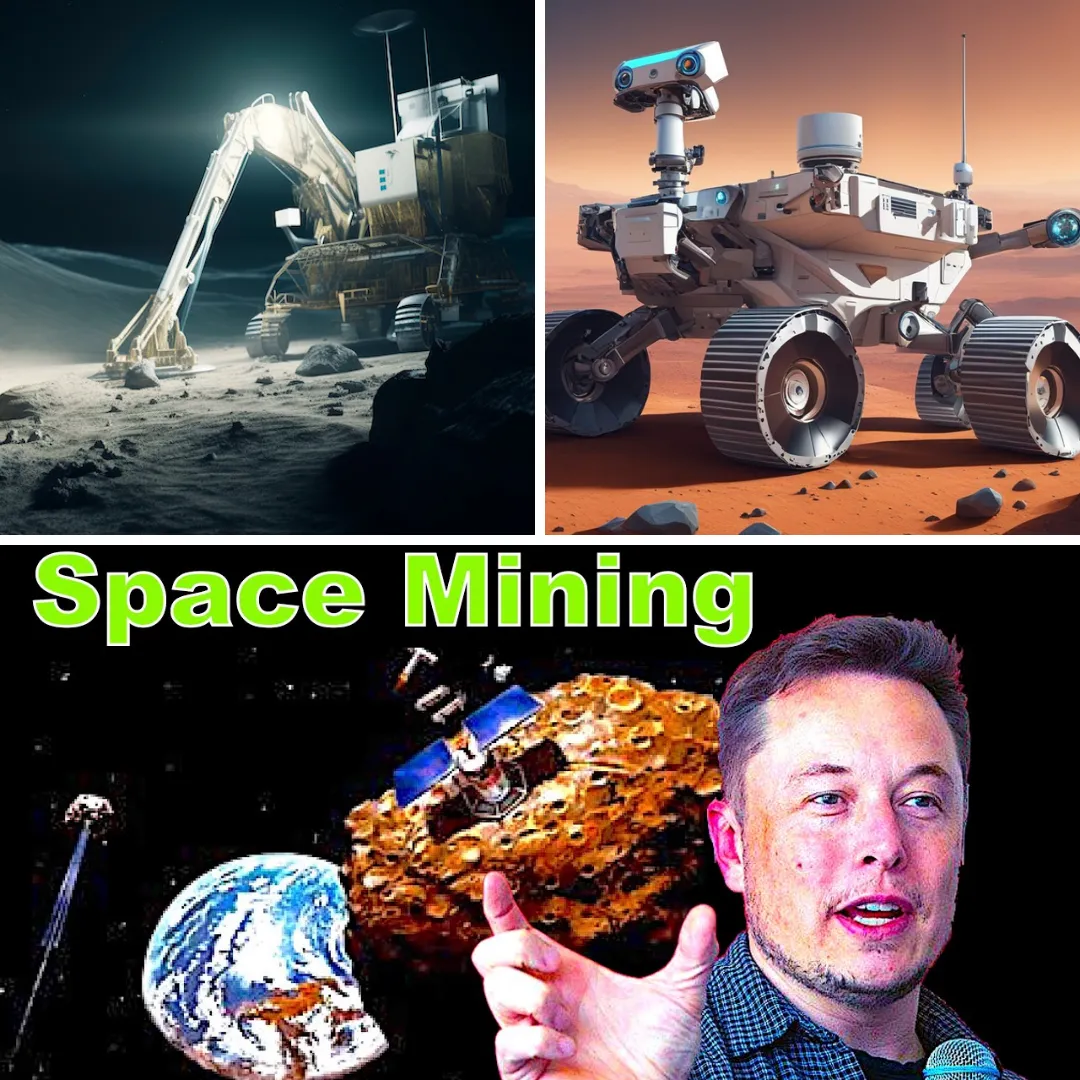
-1747296491-q80.webp)
